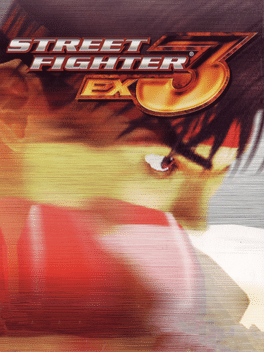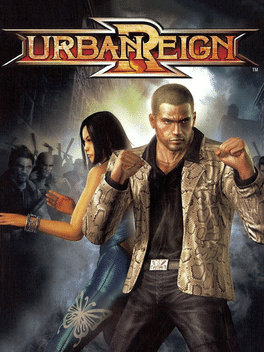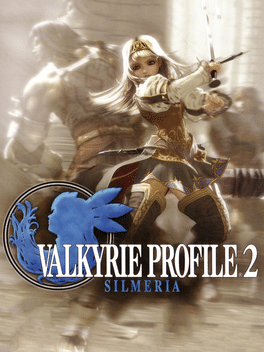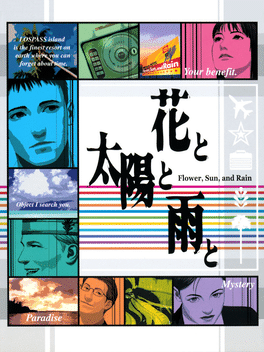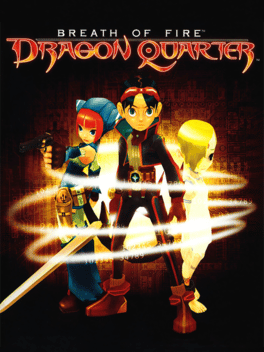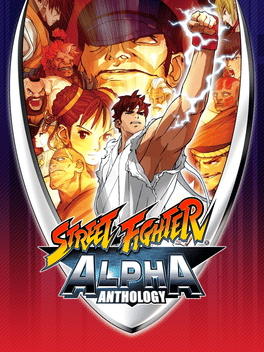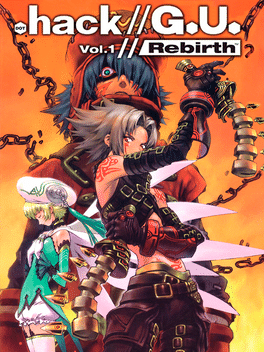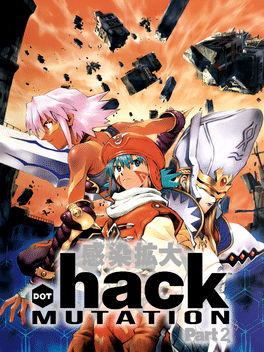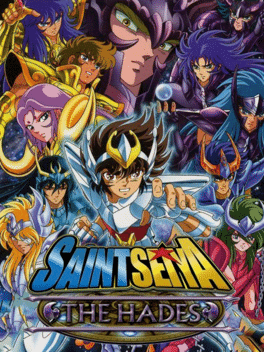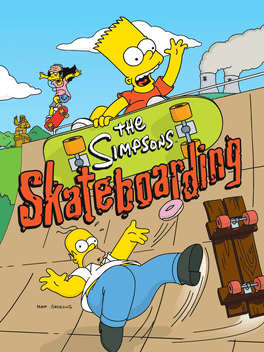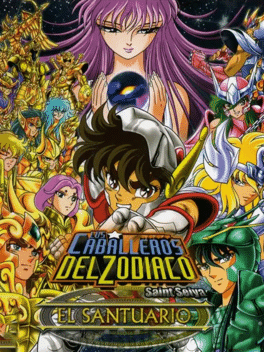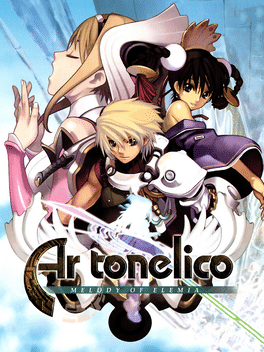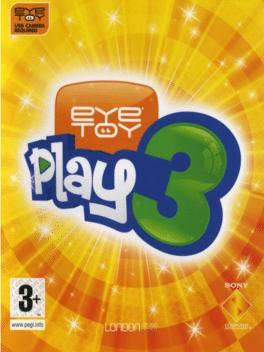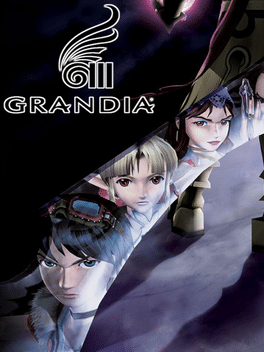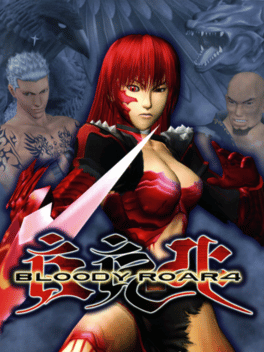Most Popular Ps2 Games - Page 6
-
Stuntman
2002
Stuntman
2002
star 6.8In the world of stunt driving, all it takes is one slip to end your Hollywood dreams. As a stunt driver, you can't afford to fail when performing dangerous stunts. In six famous movie locations, you'll smash up vehicles ranging from TukTuks and snowmobiles to Jeeps and high-performance sports cars. Begin a career in the stuntman industry or practice your skills in the stunt arena. After another hard day of risky work, replay the action as a polished movie trailer. -
Street Fighter EX3
2000
Street Fighter EX3
2000
star 6.9Street Fighter EX3 is the final game in the Street Fighter EX series series, taking the gameplay and additional moves of EX2, and adding a tag-team element. Multiple characters from the famous Street Fighter series return and clash with Arika's own characters. -
Maximo: Ghosts to Glory
2001
star 7.8The game is based in the Ghosts'n Goblins universe and features original character designs by Japanese illustrator Susumu Matsushita. The character is controlled by the player and can move freely within areas by running, jumping, crouching, and performing other various motions. Gameplay revolves around defeating large numbers of enemies, which can be accomplished by attacking with a sword and shield and combos and special moves. Maximo fights wearing armor, if he is hit, he will lose corresponding pieces of armor and eventually be reduced to wearing his boxer shorts, with another hit resulting in him losing a life. If Maximo loses all his lives, he can continue by giving Death Coins to the Grim Reaper. However, every time he loses all his lives, the required cost for a continue increases. -
Urban Reign
2005
Urban Reign
2005
star 5.2Urban Reign is a Namco-produced 3D brawler, done in the tradition of Double Dragon and Final Fight. -
Valkyrie Profile 2: Silmeria
2006
star 8.3Valkyrie Profile 2: Silmeria is the second installment of the Valkyrie Profile series. Taking place hundreds of years before the original game, the story revolves around two characters living the same body, named Silmeria and Alicia. Together, the two characters work to stop a catastrophe that could cause war between the people and the gods. The game received generally positive reviews, citing its similarity to the original Valkyrie Profile game and its beautiful graphics, but had a convoluted interface and a high degree of difficulty. The game went on to be re-released as a Square Enix "Ultimate Release". -
Flower, Sun, and Rain
2001
star 8Flower, Sun, and Rain is set on the Micronesian island resort of Lospass, and is loosely connected to the events of The Silver Case. The story follows Sumio Mondo, a "searcher" who makes a living looking for things people have lost. Mondo is initially contracted to defuse a bomb planted on a plane, but is so distracted with helping the islanders that the bomb goes off. He ends up caught in a timeloop, where he relives the same day running up to the explosion. Gameplay focuses on Mondo exploring the island, solving numerical puzzles with the help of his computer "Catherine" to solve people's problems on Lospass. -
Breath of Fire: Dragon Quarter
2002
star 8.8Breath of Fire: Dragon Quarter is a radical departure from the previous titles of the Breath of Fire series, and in some ways from standard Japanese-style role-playing games in general. The game is built like a huge dungeon crawler, with no overworld map. The combat is tactical: each character has action points (AP), which can be used to move around the screen during an enemy encounter, and perform a variety of combo attacks. There is no magic in the game, and many of the items found in dungeons are random. All the enemies are visible on screen. Depending on who first initiated a physical contact, the party or the enemies get an extra turn in battles. The game allows (and even encourages) the player to restart it from the beginning, keeping the items and the party experience. The game also features a special counter - Ryu can use his traditional dragon transformation abilities, but the counter raises with each such transformation, and when the counter reaches 100, the game is over. Raising the D-ratio allows chara -
Street Fighter Alpha Anthology
2006
star 7.8Street Fighter Alpha Anthology is a compilation that collects the Street Fighter Alpha series with a remixed version of the console-exclusive Street Fighter Alpha 2 Gold and Super Gem Fighter Mini Mix. The original Street Fighter Alpha, Alpha 2, Alpha 3 and Super Gem Fighter Mini Mix are ported from their original arcade releases, while Alpha 2 Gold is a remixed version that combines elements from the previous console version and the Japanese arcade release Street Fighter Zero 2 Alpha. Two secret games are also included in this compilation. -
.Hack//G.U. Vol. 1: Rebirth
2006
star 7.7.Hack//G.U. simulates a massively multiplayer online role-playing game; players assume the role of a participant in a fictional game called The World. While in The World, the player controls the on-screen player character, Haseo, from a third-person person perspective (with optional first-person mode). The player may control the camera using the game controller's right analog stick. Within the fictional game, players explore monster-infested fields and dungeons as well as "Root Towns" that are free of combat. They also can "log-off" from the game and return to a computer desktop interface which includes in-game e-mail, news, and message boards, as well as desktop and background music customization options. In Reminisce, an optional card game called "Crimson VS" becomes available. The player may save the game to a memory card both from the desktop and within The World at a Save Shop. After the player completes the game, a Data Flag appears on the save file, which allows the transfer of all aspects of the player char -
.Hack//Mutation
2002
.Hack//Mutation
2002
star 6.8.Hack//Mutation is the second of a series of four games, titled .hack//Infection, .hack//Mutation, .hack//Outbreak, and .hack//Quarantine, features a "game within a game"; a fictional massively multiplayer online role-playing game (MMORPG) called The World which does not require the player to connect to the Internet. Players may transfer their characters and data between games in the series. Each game comes with an extra DVD containing an episode of .hack//Liminality, the accompanying original video animation series which details fictional events that occur concurrently with the games. The games are part of a multimedia franchise called Project .hack which explores the mysterious origins of The World. Set after the events of the anime series .hack//Sign, the games focus on a player named Kite and his quest to discover why some users have become comatose as a result of playing The World. The search evolves into a deeper investigation of The World and its effects on the stability of the Internet. -
Saint Seiya: The Hades
2006
star 4.5Saint Seiya: The Hades is a three-dimensional fighting video game developed by Dimps and published by Bandai for PlayStation 2. A direct sequel to Saint Seiya: The Sanctuary, and developed by the same team, it utilizes the same graphics engine as its predecessor, as well as a significant portion of its storyline, while addressing certain criticisms of gameplay and introducing a new narrative arc. -
Atelier Iris: Eternal Mana
2004
star 7.7Atelier Iris: Eternal Mana is a Turn-Based RPG and with alchemy gameplay and story components. It is the 6th core Atelier game and the first game in the Iris series, being the first Ateleir game to be released internationally. The game follows the young alchemist Klein Kiesling, who is travelling to learn more about alchemy together with his friend, the Wood Mana, Popo. One day, he is saved from a monster by Lita Blanchimont, a young Galgazit, monster hunter. Lita eventually recruits him to become an Galgazit as well, and they start working together in the town of Kavoc. However, Klein is soon caught in many troubles, and eventually becomes involved in a quest of saving both the world and Lita. -
The Simpsons Skateboarding
2002
star 3.8The Simpsons Skateboarding is a sports video game where players have to skate in locations around Springfield. Nine characters are available to compete for the grand prize. Each character has over forty unique moves. Players can test their skills in either a two-player head-to-head skate off, or in one of the fast and furious modes: Freeskate, Skate Fest, Trick Contest, and a game of skateboard H-O-R-S-E, unlocking additional characters, locations, and skateboards. -
Kingdom Hearts II Final Mix+
2007
star 9.8Kingdom Hearts II Final Mix+ is a Japan-exclusive 2007 combo pack of Kingdom Hearts II Final Mix, the "Final Mix" version of Kingdom Hearts II and Kingdom Hearts Re:Chain of Memories, a remake of Kingdom Hearts: Chain of Memories. Kingdom Hearts II Final Mix features new cutscenes, abilities, weapons, enemies, areas, and a new form, while Kingdom Hearts Re:Chain of Memories features new cards, cutscenes and mini-games. -
Yu-Gi-Oh! Capsule Monster Coliseum
2004
star 6.8This 3D board game consists of a series of duels, which are played with cards. The game has been split up in a Campaign Mode, in which you take on all levels of the Monster Coliseum on your own, a Free Battle Mode where you play skirmish matches against enemies defeated in the campaign, and a versus mode to take on a human opponent. Before starting, you have to choose a symbol, assign parameters to it (based on monster points, action points and power points) and buy a starter kit card deck. In a typical campaign game, you start in the entrance hall, where you manage your cards and monsters. To duel, you choose one of the four areas with five levels each, and defeat the opponents. New monsters are acquired by winning the match. The turn-based duels are played as a card game. Both characters start with a deck of cards and a number of health points. When a health status reaches zero, the battle is over. You attack your opponent by summoning monsters and assigning abilities to them. Trick cards can be used to gain bot -
Saint Seiya: The Sanctuary
2005
star 6.2Based on the popular anime series of the same name Saint Seiya: Chapter Sanctuary brings the legendary conflict between the Knights of Athena and the Knights of Ares home to the PlayStation 2. Battling over the Golden Cloth of Sagittarius, more than 20 different fighters square off against one another across several different modes including those of the Story, Versus, and Practice variety. As an added bonus, several of the show's most memorable moments have been recreated using the latest in CG cinematics as well, with licensed voice-overs specifically re-recorded for the videogame version of the story. Available only in Japan. -
Ar tonelico: Melody of Elemia
2006
star 7Ar tonelico: Melody of Elemia is a role-playing video game developed by Gust Corporation for the PlayStation 2 and originally published by Banpresto in 2006. Journey throughout the world of Ar tonelico to find the key to destroying the viruses once and for all. Partner up with a Reyvateil, a girl who can create magic through songs, and fight your way back up the tower to save your home. Explore a Reyvateil's inner world with the revolutionary new Dive System, which allows you to go on "Virtual Dates" to increase their magical power. -
EyeToy: Play 3
2005
EyeToy: Play 3
2005
star 5.8EyeToy: Play 3 contains a set of over 50 different games you can play with the help of a USB camera connected to Playstation 2. Amount of players can vary from 1-4 players and the game is suitable for people of all ages. EyeToy: Play 3 provides single player challenges such as Ghost Grab where you enter a ghost house and try to catch ghosts while trying to avoid objects thrown at you and Boot Camp where you try to pass the different challenges thrown at you such as running through an obstacle course or following sergeants orders. Additionally, for someone preferring slightly less intense action, there is music conducting and working in a beauty salon. However when two or more players are included many more games open in party mode such as Monkey Rampage, Kitty Loves Me and Athletics, with bowling, American football and such. These party games are fast-paced and usually all 4-players can play on the screen at the same time. -
Grandia III
2005
Grandia III
2005
star 7.5Grandia III is a role-playing video game developed by Game Arts and published by Square Enix for the PlayStation 2 console. Set in a fantasy world where technology has allowed man to fly in magic-powered aircraft, a boy named Yuki is determined to become a great pilot like his idol, the Sky Captain Schmidt. When he and his mother encounter a girl named Alfina who has the ability to communicate with the spiritual guardians of the world, they become involved in the plot to discover the secrets of the world's past and face an evil rogue guardian named Xorn. -
Bloody Roar 4
2003
Bloody Roar 4
2003
star 8.2During the XGC (X-Genome Code) Incident one year ago, riots raged over the earth by beasts that did not show the XCG, and all over the country small earthquakes shook the land. The cause was unknown, but as the Crest Incident came to an end and the rioting and earthquakes subsided, people began to claim that all was due to the influence of the Stone Seal. Although the Stone Seal has been locked away, the rioting and earthquakes have returned. This time, the incidents are on a larger scale than those of a year ago. What could be behind it all? Bloody Roar 4 is the last title in the series, and is once again a full-3D fighting game featuring the series' trademark transformation abilities. Unlike previous titles in the series, the beast gauge now acts as its own health bar; if a character's health gauge is depleted, they will automatically transform. The game features 18 playable fighters and a variety of game modes, including standard arcade, versus, time-attack, training, and survival modes. Of special mention is t

